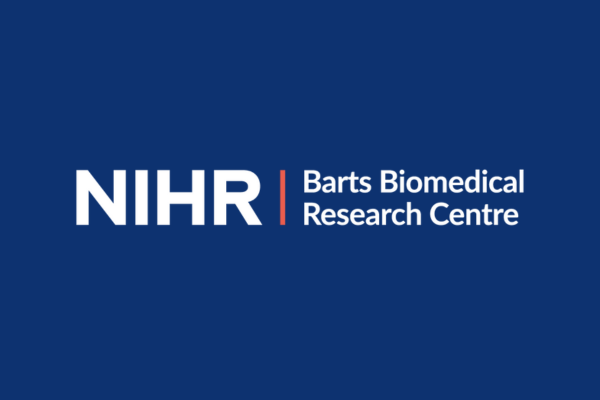Co-Theme Leads: Professor Anthony Mathur and Professor Amrita Ahluwalia
The digital era has heralded an exponential growth in sensing technologies and data acquisition. This Theme is harnessing this wealth of information to improve healthcare delivery and patient outcomes for cardiovascular conditions of particularly high burden in the East End of London.
We are using the cardiovascular digital twin concept to digitally model three disease states where we already innovate in drug and/or device development: acute coronary syndromes, valvular heart disease and hypertension.
These models are created by inputting data from available existing and novel wearables, sensing technologies, apps and large data registries. Using this data, we are creating digital models with novel algorithms developed by our team to provide personalised patient treatment plans, supporting their disease management, predicting disease states/trends and enabling device choice/design by predicting the patient’s response. These models will improve patient symptoms and long-term outcomes and better utilise NHS resource.
These digital models also support innovative clinical trials of cardiovascular devices and therapies for these diseases (e.g., patient selection/enrolment criteria by predicting patient response) – ultimately decreasing recruitment numbers needed and risks to the participant.
These technologies also enable real-time patient follow-up by increasing accuracy and reliability and decreasing time and costs. All patients recruited are included in the Barts CVCTU Interventional Trial Database Resource to input into digital models and establish a new cardiovascular trial resource for further studies.
We are using this approach to address the following four research questions:
- Can we comprehensively represent each patient’s cardiovascular anatomy, physiology and pathophysiology from sensing and imaging technologies?
- Can we use individualised data to create bespoke treatments and novel devices?
- Can we prototype and test these solutions in a unique simulated environment?
- Can we validate solutions though trials utilising digital technologies, and can these technologies be adapted to musculoskeletal and cancer?
Key Clinicians and Researchers
- Professor Amrita Ahluwalia
- Professor Michael Barnes
- Professor Andreas Baumbach
- Dr Ajay Gupta
- Professor Adrian Ionescu
- Dr Dan Jones
- Dr Vikas Kapil
- Professor Rich Kerswell
- Professor Rob Krams
- Professor Anthony Mathur
- Professor Steffen Petersen
- Dr Krishnaraj Rathod
- Dr Caroline Roney
- Dr Manish Saxena
- Professor Greg Slabaugh
